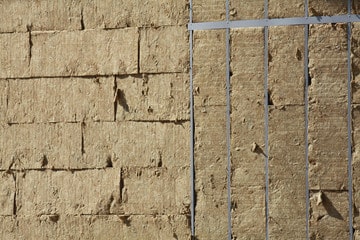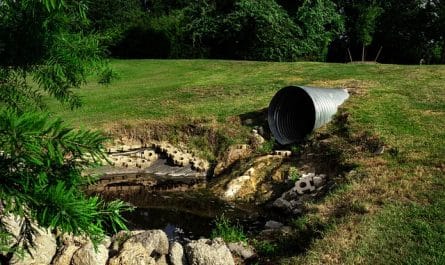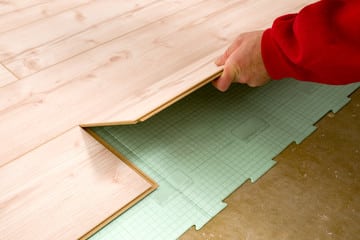When it comes to renovating or restoring an old building, thermal insulation is often the main challenge to overcome. Indeed, stone walls generally have poor insulating performance, which can make the interior space uncomfortable and lead to high heating costs. Fortunately, thanks to innovations in the materials and techniques used, it is possible to significantly improve the insulation of a stone wall without compromising its historic character. In this article, we will introduce you to the main materials and methods available on the market.
Isolates basic understandings
In order to choose the best insulation solution for your project, it is essential to understand some fundamental principles regarding stone walls and their thermal properties.
Thermal conductivity and thermal resistance
The insulating capacity of a material is determined by its thermal conductivity (λ), which measures the amount of heat transferred through a section of that material based on its thickness. A material with low thermal conductivity is a good insulator. There thermal resistance (R) is also important because it measures the material’s ability to resist heat transfer. The higher the R-value, the better the insulation.
Thermal inertia
The thermal inertia of a material is its ability to store heat and release it gradually over time. Stone walls have high thermal inertia, which allows them to regulate temperature fluctuations inside the building. This can be an advantage in summer, as these walls absorb heat during the day and slowly release it at night, keeping the interior space cool. However, this effect of thermal inertia becomes less beneficial during long winter periods with little sunlight.
Insulating materials for stone walls
There are several types of insulating materials on the market suitable for specific needs of old buildings with stone walls.
Expanded polystyrene (EPS)
Expanded polystyrene is a lightweight, rigid material made from inflated polystyrene beads, glued together and dried. Its low cost, ease of application and good thermal insulation performance make it a popular choice for insulating stone walls. However, it has some disadvantages such as relatively low water vapor permeability, which can cause humidity problems in the long term.
Rock wool
Rock wool is an insulating material made from mineral fibers, generally derived from the fusion of basalt or blast furnace slag. It offers excellent thermal and acoustic insulation as well as good fire resistance. In addition, its water vapor permeability is higher than that of EPS, which allows better humidity management. However, its cost is generally higher than that of PES.
Lime-hemp
Lime-hemp is a mixture composed of hemp, the woody part of the hemp stem, and natural hydraulic lime. It has several advantages for insulating stone walls:
- Good thermal and acoustic performance
- Natural regulation of humidity thanks to its permeability to water vapor
- Compatibility with traditional materials (no risk of internal condensation)
- Natural anti-fungicide and insecticide measures
However, lime-hemp also has some disadvantages, such as a relatively long drying time and often higher cost than other insulating materials.
Insulation techniques for m
stone bears
The choice of insulation technique will depend on the specific constraints of the building and the desired result in terms of thermal comfort, aesthetics or cost.
Insufflation projection
This method consists of injecting insulation in the form of granules or fibers into the wall cavities, either from the inside or from the outside. This technique is especially suitable for stone walls with large cavities between the interior and exterior faces, thus guaranteeing optimal insulation without sacrificing too much interior space.
Insulating coatings
An insulating plaster is a layer of insulation applied directly to the wall, which can be made of materials such as lime-hemp. This technique has the advantage of good adhesion to the stone wall, allowing rapid implementation without adding additional structures. In addition, insulating coatings also improve the airtightness of the stone wall, reduce water infiltration and promote the rapid evacuation of water vapor.
Rigid insulating panels
The use of rigid insulating panels, such as those in EPS or rock wool, can be done either from the inside or from the outside of the building. This technique offers a good thermal insulation with minimum thickness, while preventing thermal bridges. On the other hand, installation requires particular attention to avoid the appearance of internal condensation or aesthetic defects such as the appearance of the wall design over the insulation.
Interior lining
Interior lining consists of placing an insulated material
ant against the stone wall and add a second wall in plasterboard, wood or other. This method allows the insulation to be integrated into a new interior partition separated from the stone wall. It thus offers excellent thermal insulation, but sacrifices more interior space than other techniques.







